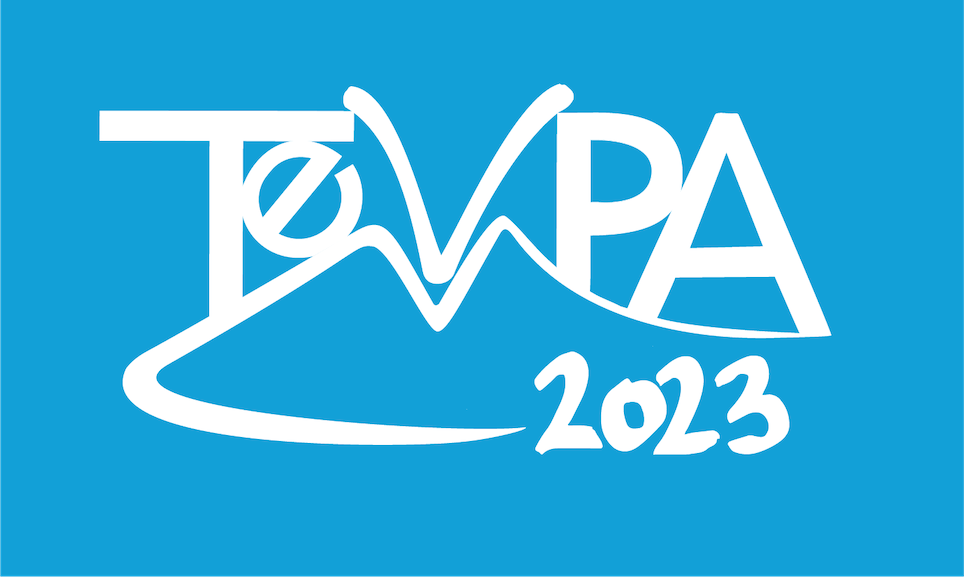Speaker
Description
Galaxy Clusters are considered to be efficient containers of cosmic rays (CRs). In their formation history, CRs are accelerated by active galactic nuclei, and cosmological shocks and turbulence, and they are accumulated in the intra-cluster space. The magnetic field and cosmic ray electrons in massive clusters have been proved with the observations diffuse radio emission. However, the content of cosmic ray protons is highly uncertain. We study the acceleration of CR electrons and protons in galaxy clusters by modeling the multi-wavelength emission in various clusters with different formation histories. We use the so-called merger tree method to simulate the merger history of clusters. The long-term evolution of the CR distribution is followed by solving the Fokker-Planck equations incorporating the CR re-acceleration by turbulence, which is thought to be the dominant mechanism of the diffuse radio emission. We find that the combination of radio surveys and the stacking analysis of neutrino background gives meaningful constraints on the CR proton content in massive clusters even in the presence of the re-acceleration.

